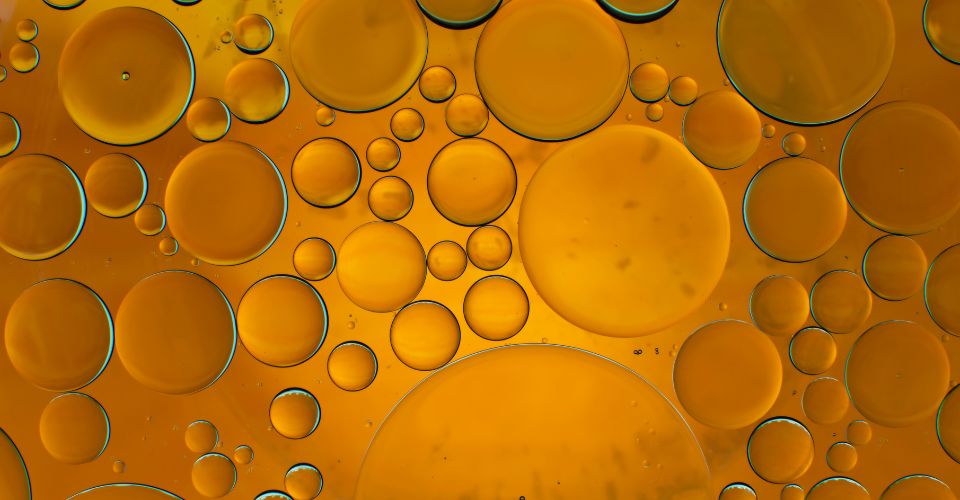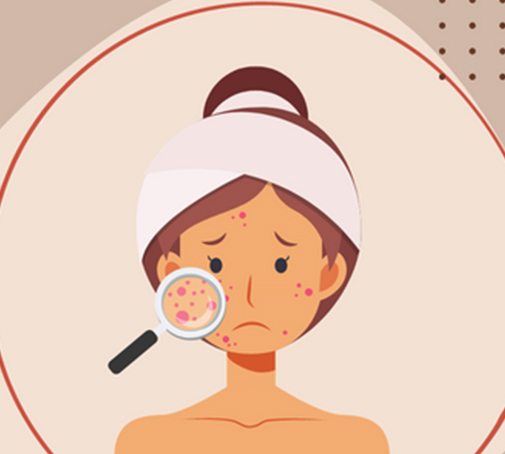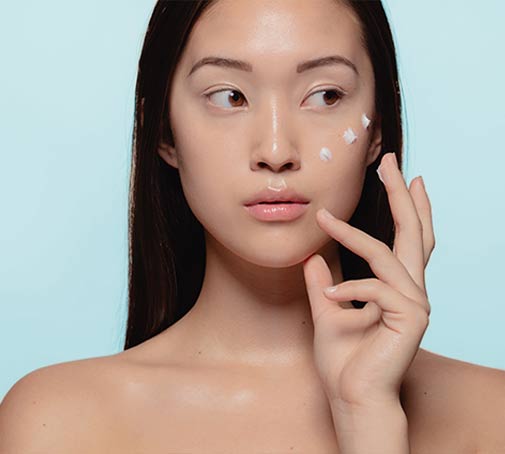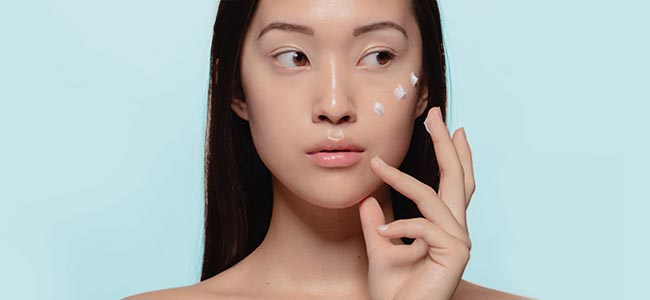

Comedogenic – What Does That Mean?
Have you ever seen the term "non-comedogenic" on skincare products or cosmetics? Our expert Eva explains what this term means, how comedogenic substances affect our skin and what ingredients you should look out for.
Let's Ask Our Expert




What does the word “comedogenic” mean“?
Eva: The term “comedogenic“ is derived from the word “comedo“. Simply put, a “comedo“ is a clogged pore, which can then become a blackhead or a pimple. So, comedogenic substances are ingredients that contribute to clogging pores and thus causing inflammation and blemishes. This happens because comedogenic substances cannot penetrate the skin. They build up on the surface of the skin and prevent the sebum from leaving the pores.
Conversely, does that mean that non-comedogenic products will achieve clear skin?
Eva: No, it doesn‘t. When a product is labeled non-comedogenic, it simply means that it does not contain any comedogenic substances. If you want to fight breakouts and blemishes, you will need a skincare product with antibacterial ingredients. A “non-comedogenic“ cream or moisturizer does not necessarily have to be antibacterial. Nevertheless, people with oily or blemish-prone skin should opt for “non-comedogenic“ skincare that won’t clog pores. These products usually have a more lightweight formula, contain fewer fatty oils and generally do not contain silicones.
“Vegetable oils cause acne“ – true or false?
Eva: You can’t say that as a general rule. It depends on the skin type and also on the type of oil. There are both comedogenic oils and non-comedogenic oil. Non-comedogenic oil include argan oil and jojoba oil, for example. Coconut oil and palm oil, on the other hand, belong to the group of comedogenic oils. It also depends very much on the skin type. Those with dry skin usually don’t get pimples or blackheads from comedogenic ingredients, while people with oily, acne-prone skin should rather keep their hands off pore-blocking ingredients. Besides certain vegetable oils, comedogenic substances also include animal fats.




Are there any ingredients that people prone to breakouts or acne should avoid?
Eva: In general, people with blemish-prone and oily skin should completely avoid comedogenic ingredients. This is because oily and blemish-prone skin produces more sebum than dry skin, for example. Avoiding these kinds of ingredients can prevent the pores from clogging and allow the sebum to drain. To see whether a skincare product contains comedogenic ingredients, you can take a look at the INCI list.
The most common comedogenic ingredients in skincare are:
- Mineral oils: e.g. silicones, petrolatum or paraffin
- Animal-based fats: e.g. lanolin
- Certain plant-based fats and oils: e.g. palm oil, coconut oil, cocoa butter
Can products as a whole be “non-comedogenic“?
Eva: Non-comedogenic skincare usually has more lightweight, non-greasy formulas or contains less fatty oils. But beware. Comedogenicity cannot be derived from individual ingredients, but always results from the overall formulation of a product.
Can you tell us three ingredients that you would recommend for blemish-prone skin?
1. Salicylic acid: It has keratolytic properties, reduces excess sebum and thus prevents clogged pores and breakouts. Our 2% BHA Exfoliant is perfect for that.
2. Niacinamide: It has anti-inflammatory properties, refines skin texture, balances sebum production and promotes skin regeneration. The 10% Niacinamide Serum is a true miracle weapon. It helps to prevent blemishes and reduces the look of pimple marks.
3. Hamamelis: The extract from the witch hazel plant has anti-inflammatory and astringent (pore-refining) properties. Say goodbye to pimples with our DERMA CONTROL collection that includes a full routine, featuring cleansers and anti-blemish moisturizers for both oily and dry blemish-prone skin.


Beauty Editor
SIMILAR POSTS
You Might Also Like








